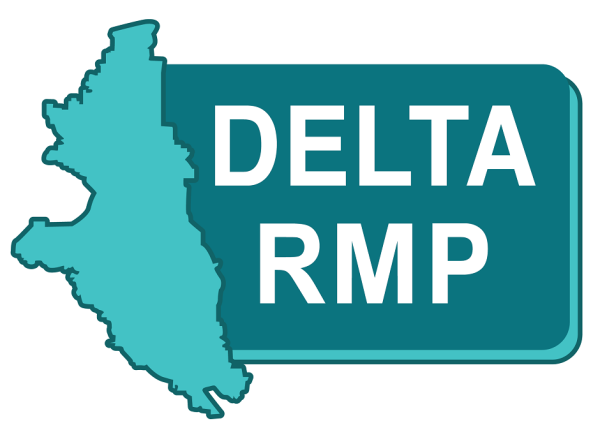New Delta RMP Publications on Pesticides and Nutrients
Jun 29, 2018
The Delta Regional Monitoring Program was founded in 2014 to help inform decisions on how to protect and restore water quality in the Sacramento-San Joaquin Delta. The Delta is at the heart of California’s divisive water politics—it is the source of drinking water for 25 million people, supplies irrigation water to millions of acres of rich farmland, and is also the home for threatened and endangered species.
Although dozens of agencies spend over $10 million per year to monitor Delta water, key questions have gone unanswered. In its first three years, the Delta RMP has focused on contaminants, seeking to better understand their role in declines in the health of Delta ecosystems and fish populations. The recent Annual Monitoring Report for Pesticides and Toxicity summarizes the first year of this data on pesticides and aquatic toxicity. A total of 52 different compounds were found in water samples, including fungicides, herbicides, and insecticides regularly used by farms, households, and businesses. In addition, a small number of samples were found to be toxic to test organisms that included fish, algae, and invertebrates.
In addition to this work with contaminants, the program has funded important work synthesizing the state of knowledge related to nutrients in the Delta. These studies focused on how nitrogen and phosphorus from fertilizers and in runoff may be affecting Delta waterways. The first of these reports is Assessment of Nutrient Status and Trends in the Delta in 2001–2016: Effects of drought on ambient concentrations and trends. The authors conclude that spatial and temporal trends in the concentrations of nutrients and nutrient-related parameters are reasonably well understood as are the important sources of nutrients in the Delta. However, much is unknown about nutrient sinks, sources, and processes within the Delta.
A second nutrients study, Modeling to Assist Identification of Temporal and Spatial Data Gaps for Nutrient Monitoring, reports on how models can be used to optimize monitoring designs. Using existing hydrodynamic models was a cost-effective way to get information about the likely spatial and temporal variability in water quality. The Delta RMP has also funded an analysis of pesticides and toxicity in the Delta expected to be complete in May 2019. Finally, a pilot study is under consideration for Contaminants of Emerging Concern (CECs). Overall, the Delta RMP seeks to inform a range of often competing interests in an environment that encourages objectivity, consensus-building, and science-based decision making. The reports described here and more information can be found at http://tinyurl.com/DeltaRMP.
Associated Staff:
Programs and Focus Areas:
Clean Water Program


